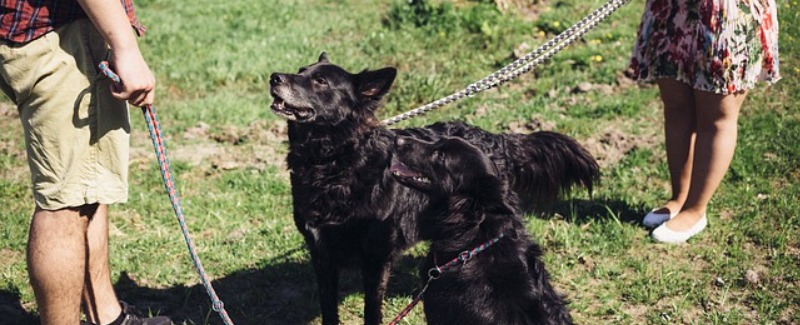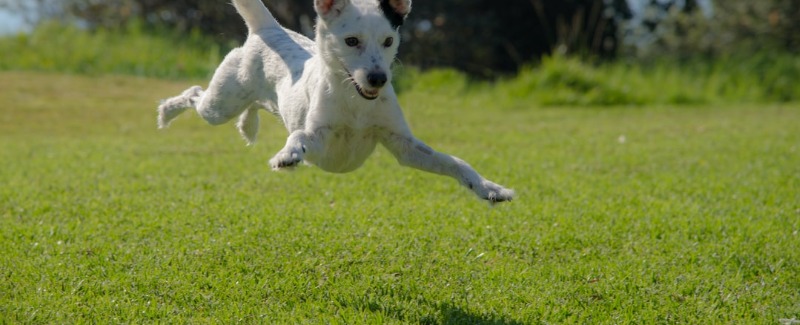As mentioned previously, dogs are very context-specific animals, so just because your dog understands “down” in the kitchen before mealtime doesn’t mean he’ll understand it on the front stoop. He’s really not trying to tick you off; he just doesn’t understand the command or its relevance in a new situation, until you teach him.
Take Your Show on the Road
Contents
Over and over again, in new locations, reteach every command from the beginning. Each time you work a new location, test your cues to see what your dog really knows, and what you still need to work on. Pretty soon, no matter where you are, you can give a command and your dog will do it without hesitation.
Proofing for Reliability
Once your dog understands that he has to respond promptly and correctly no matter where he is, it’s time to let him know that he also has to perform no matter what is going on around him. A little at a time, add variables to the environment and how you give the commands.
Keep distractions at a low intensity or far enough away so that he can be successful and rewarded early and often, and gradually increase intensity or move closer to the distractions as he overcomes each challenge.
Change how you give commands for another challenge. Whisper, or go around a corner, or turn your back to your dog when you give a command. For a real challenge, kneel on the floor a few feet away from your dog or lie flat on your back when you give command. If your dog can perform commands correctly in spite of all this stuff, give yourself a cookie; you’ve been working hard!
What to Do if Your Dog Doesn’t Know “Sit” from “Down”
Discrimination problems, or confusion about which command equals what behavior, are common in the early stages of training. They are easily solved, provided you don’t let mistakes go uncorrected.
Help Your Dog
The most important thing to remember is to reward what you asked for. If your dog has moved on to something else, either ask for another behavior that you can reward, or gently place her back in the correct position. If she never went into the correct position in the first place, help her get into the correct position and praise but don’t treat. If this happens frequently, you have some remedial work to do. Go back to her last level of success with the command and build stimulus control of the behavior back up again.
Build Duration
By building duration, or having your dog maintain a particular position for longer periods of time, you accomplish several things. You give your dog a deeper understanding of each command, you instill a bit of patience and self-control (he has to wait for the next command), and you lay the foundation for the stay.
When you are easily getting your dog through six position changes for one treat, pick one of the three positions (sit, down, or stand) to focus on in each set. When you get to that one, CR/treat your dog five times, about once per second to start, as long as he maintains the position. Instead of asking for the next position, release him with a pat on the side and a release command, like “ free” or “release.” Each set, work on a different position. Gradually extend the time between treats, so your dog can hold each position for five seconds. Finally, put it all back together again, so you’re doing the set of six, with a five-second maintain of each position.



